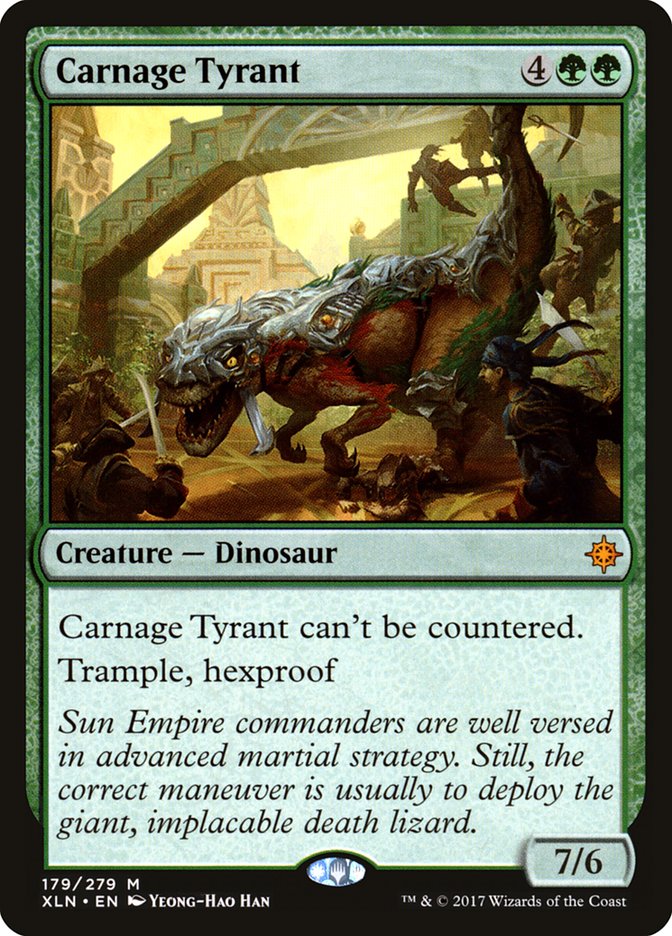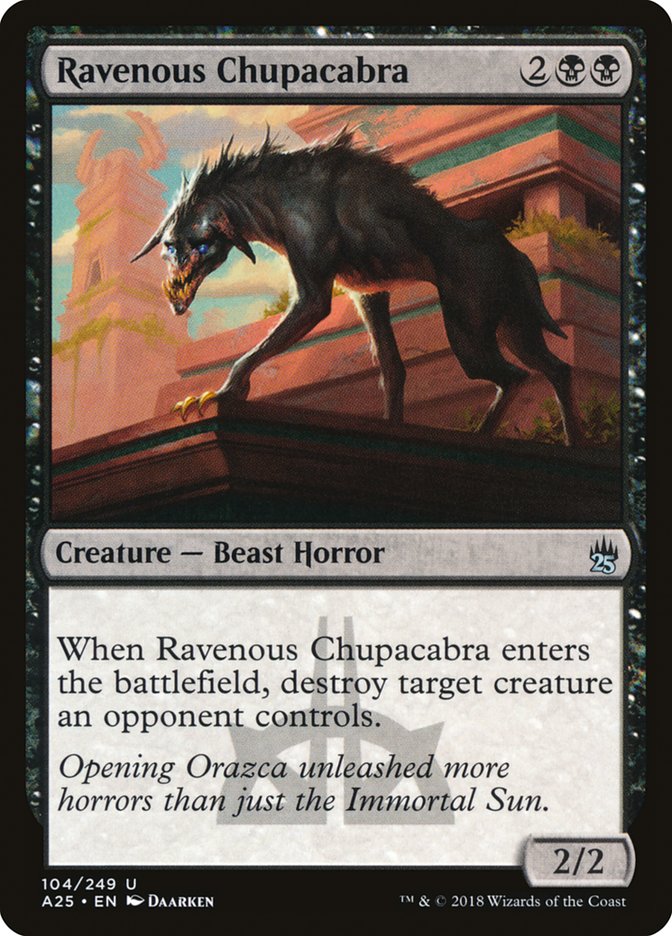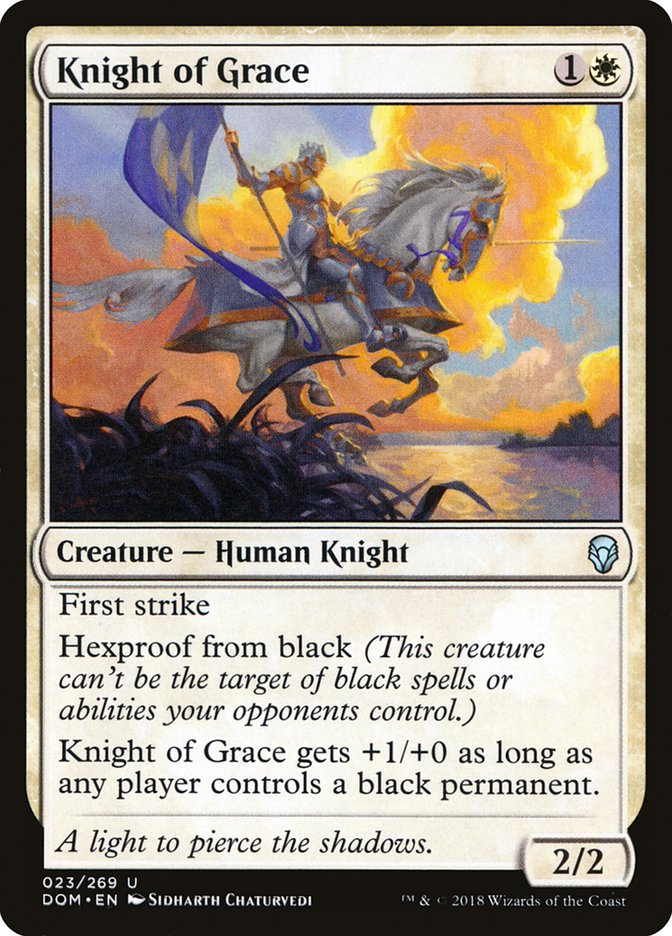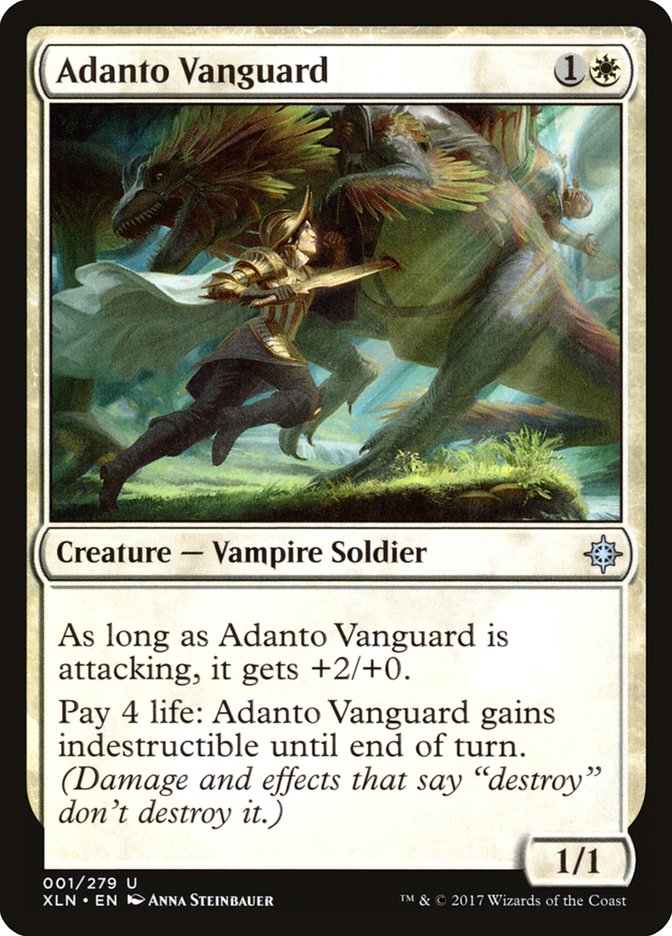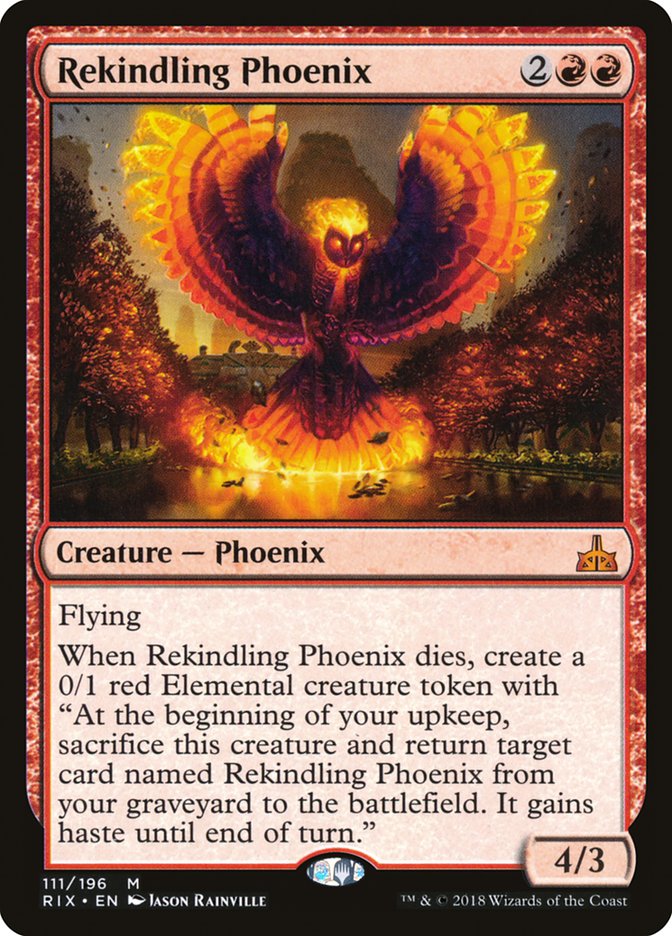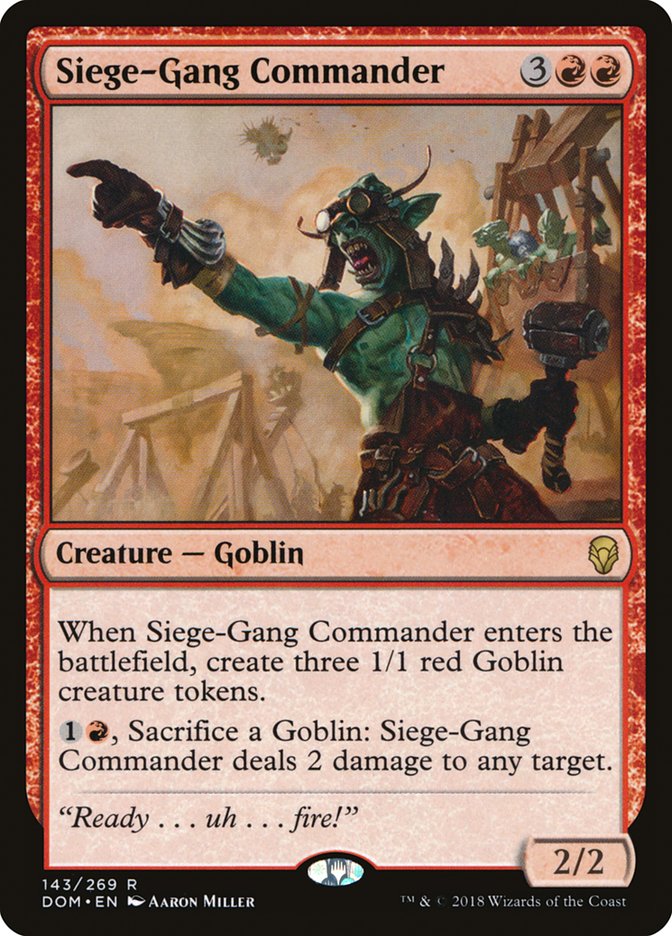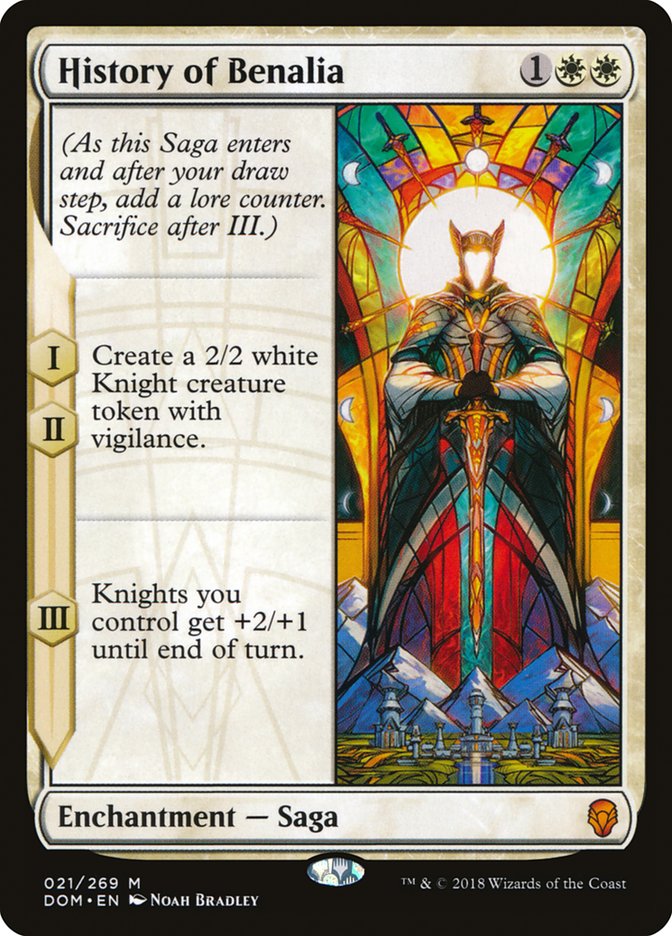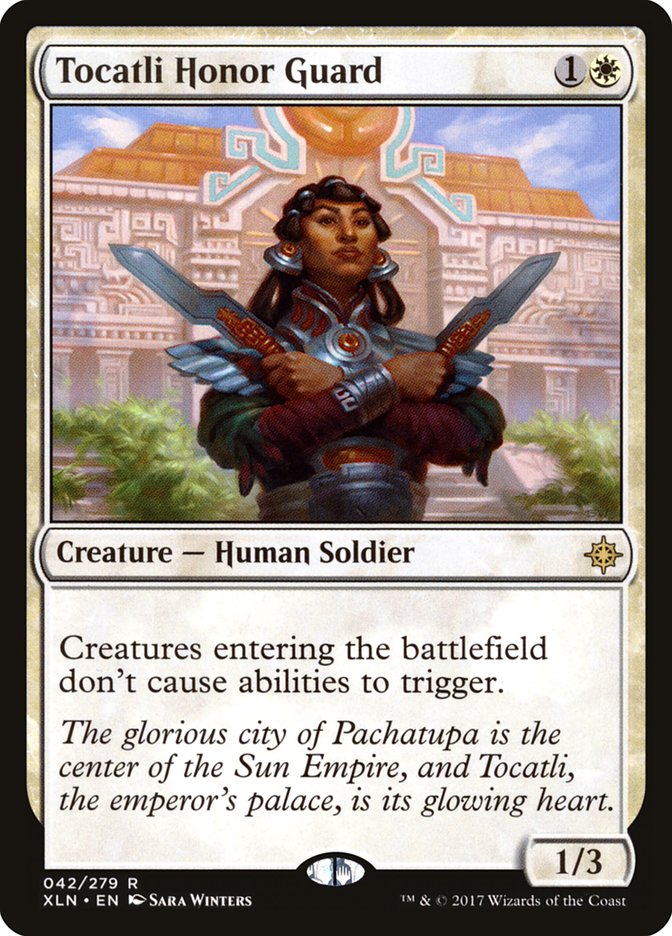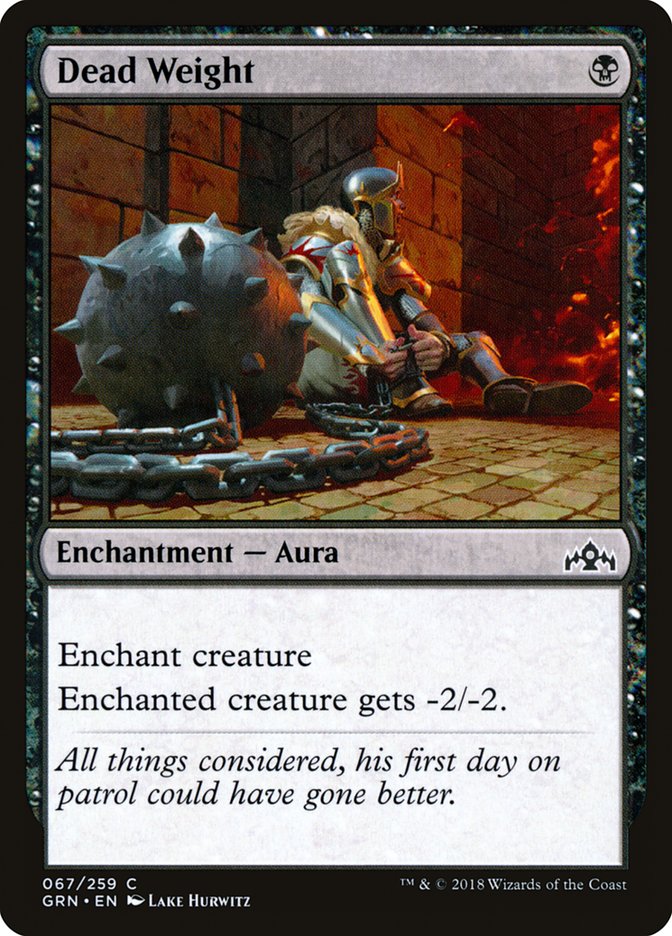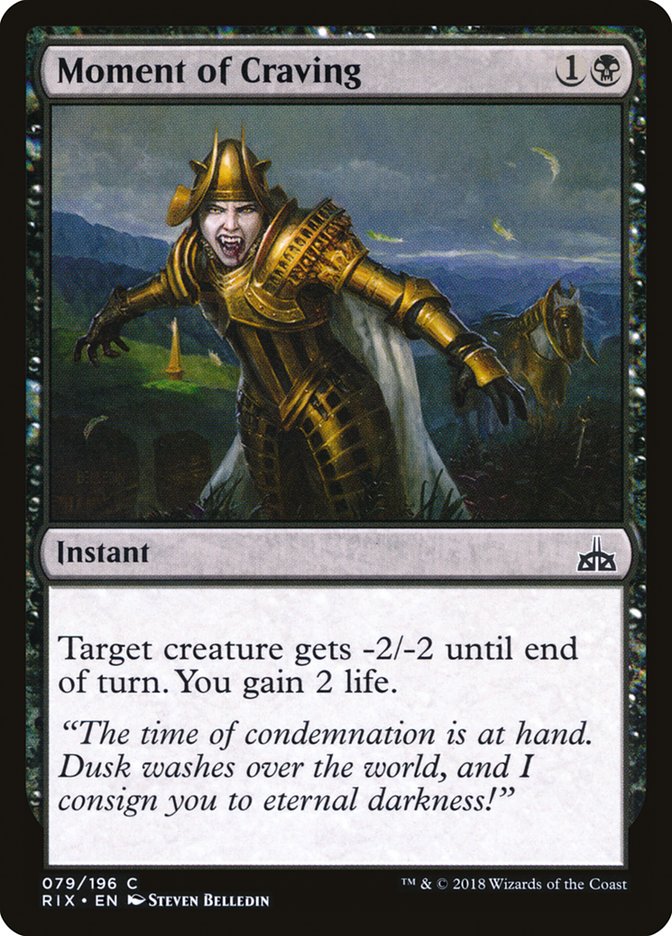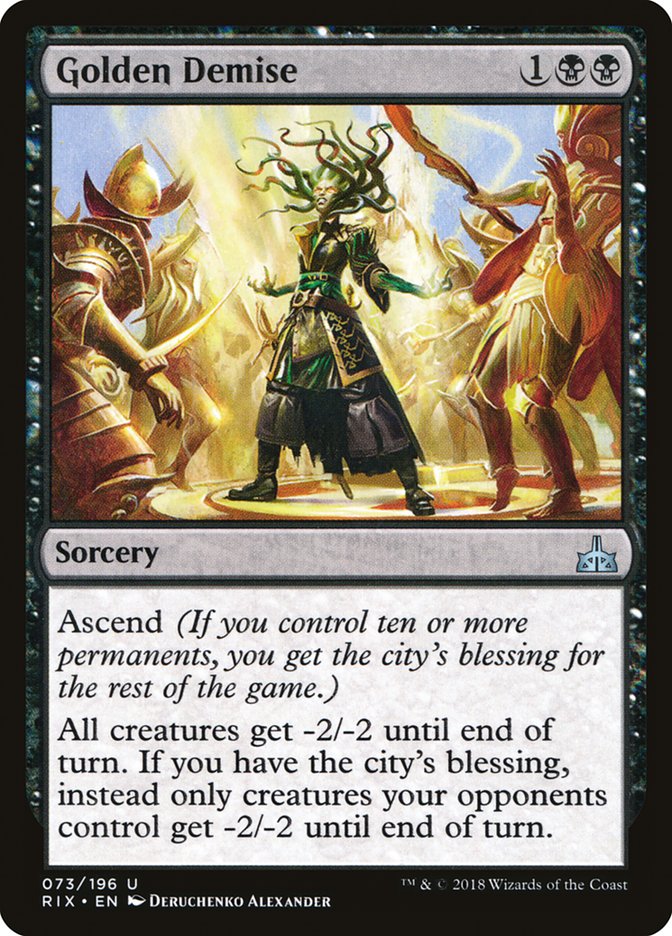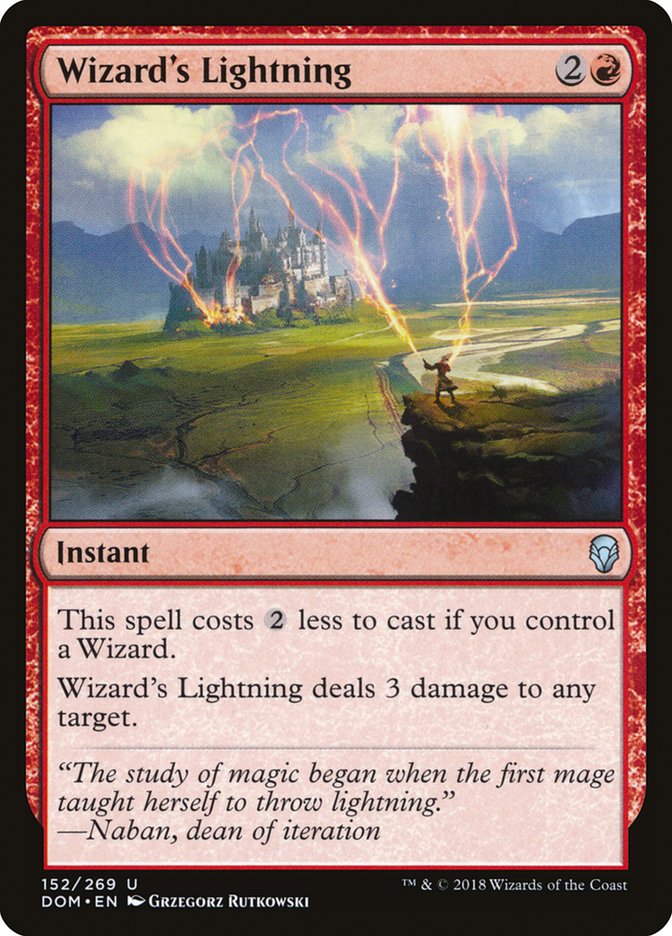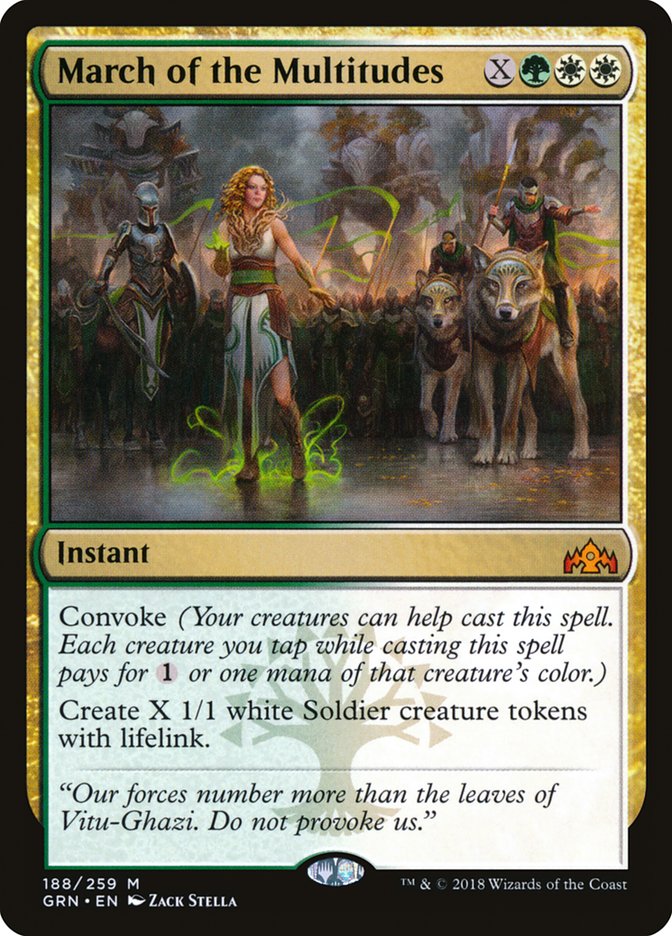Golgari has clearly taken over the metagame over this past week, but it’s
still uncertain if the strategy is going to continue its dominance or not.
There are many differing opinions about the archetypes power level, ways to
build it, and what beats it, but the only thing that’s actually certain
right now is Standard’s completely captivated the entire community as the
format’s felt fresh and enjoyable. It seems like everyone’s playing it, so
of course everyone would have their own opinion.
As a person who highly values the opinions of the hive mind, I’ve
personally had a difficult time breaking down the format as there’s just
too many things going on. It may settle down soon, but for now I’ll just
have to do my best to digest what I currently know. Today we’re going to
breakdown the metagame and predict where things are headed in an attempt to
understand how to exploit Standard’s current trajectory.
So, what do we know? Well for starters, Golgari is queen of the format. It
didn’t show up in big numbers right out of the gates, but a couple of weeks
of tuning has proven to be just enough to get the deck ahead of the
metagame. So much so that it seems like everyone’s playing it. Multiple
times I’ve seen players claim their five matches in a Magic Online league
were all against Golgari variants.
We also know what’s important in the mirror. Our own Jadine Klomparens
wrote an amazing article
earlier this week breaking down the version she likes the most. I implore
you to go give it a read as it’s by far the best breakdown of the strategy
thus far. In the article, Jadine unveiled the newest mirror-breaking
strategy to the masses which includes Planeswalkers and Carnage Tyrant.
Now a giant Dinosaur might not seem like the best way to go about winning
green mirrors, but surprisingly enough it’s exactly what’s needed to
breakthrough. There’s just so many ways to gain value and remove permanents
from the battlefield that a giant hexproof creature is easiest way to
create a path to victory.
Well that’s the simple way to put it, but in reality, it takes much more
than a single Carnage Tyrant to win the Golgari Midrange mirror. Velocity
and traction within the game are both crucial and often the first, second,
third, and sometimes fourth Carnage Tyrant won’t get the job done. That’s
because both players will have them and many ways to bring them back from
the dead. Memorial of Folly, The Eldest Reborn, Find//Finality, and Golgari
Findbroker all will be able to bring back the giant monster to once again
attempt to win the game. In addition to this, both players are also trying
to resolve Planeswalkers, kill opposing ones, and continue to generate
value so they don’t run out of steam.
There’s a lot going on in Golgari mirrors, and this is causing Golgari
decks to become inbred to a certain degree. Creatures really don’t matter
in the mirror as there’s plenty of ways to keep them from being relevant.
Ravenous Chupacabra is the main reason for this, but there are other
factors at play as well. Since there’s high likelihood of a creature’s
power and toughness being relatively irrelevant, Golgari decks instead
focus on value creatures because any way to gain some value in the early
game is important, and that’s exactly what these decks are doing. Almost
every creature in a Golgari deck has an enters the battlefield trigger that
allows them to gain value before eventually hitting the graveyard.
By design it’s becoming more and more difficult to go over the top of a
Golgari deck. Tons of value creatures, efficient removal, great
planeswalkers, and Carnage Tyrant combine to make it extremely difficult to
weather the storm. This is causing control decks to suffer as this is
exactly the opposite of what one would want to play against. It’s also
shutting the door on decks like Boros Angels as it’s difficult to match the
deck on sheer power level.
Instead of trying to contain Golgari, we need to start asking ourselves how
to exploit the deck, and the best way I can think of right now is to get
underneath it. To do so, we must be smart about it. We have to take a
deeper look at what Golgari decks are starting to look like and begin to
find their weaknesses.
Golgari currently leans on Ravenous Chupacabra pretty hard as it’s the best
way to stem the bleeding from an early assault. The card’s existence is one
of the main reasons why we’ve seen decks like Mono-Green Aggro fall to the
wayside, as deploying giant threats isn’t a great way to fight the deck.
It’s also why cards like Lyra Dawnbringer and Aurelia, Exemplar of Justice
have been seeing less and less play.
The first step to trying to beat a metagame revolving around Golgari is to
begin playing with cards that make Ravenous Chupacabra inefficient. It’s a
difficult task for sure, but one that must at least be attempted. For a
strategy like this to work a deck must play cards that gain value the turn
they enter the battlefield or can’t really be killed by the four-drop.
Benalish Marshal somewhat fits this bill as well as the card can be played
as the last card, but it isn’t the type of card I’m going to first try to
build around. I bring it up though as I’ve seen the card being played in
higher numbers, but I expect that trend to stop sooner rather than later.
This rather innocuous creature has started to see play in sideboards and I
believe soon it will start to see maindeck play. That’s due to the high
density of enter the battlefield triggers within every Golgari strategy.
Like I said earlier, Golgari is designed to generate value, and the way the
deck does that is by playing a high density of creatures with enter the
battlefield triggers. This card can sometimes cripple the plans of a
Golgari opponent who’s relying on its early creatures to smooth out its
draws. The big sell for this card is how it invalidates Ravenous Chupacabra
entirely.
Golgari decks are also starting to lean heavily on early interaction that
gives creatures -2/-2. These removal spells are great at dealing with cards
like Adanto Vanguard, History of Benalia, and Knight of Grace, but aren’t
good enough to beat anything with three toughness.
The last point I want to make about Tocatli Honor Guard is that the card
isn’t dead against other strategies. Sure, it might not be great, but even
against decks like Selesnya Tokens it will stop the triggers from Trostani
Discordant and Venerated Loxodon. There’s a chance you may want to play
creatures with enter the battlefield abilities yourself but who knows;
maybe this is the card Boros Angels has been looking for to try to get back
into the format? Even if the angels aren’t worth it, I could see a Boros
deck playing Tocatli Honor Guard alongside Rekindling Phoenix. This could
be quite potent if Golgari decks must go back to Ritual of Soot to deal
with draws that involve this annoying two-drop.
Creatures (24)
- 4 Tocatli Honor Guard
- 3 Adanto Vanguard
- 4 Knight of Grace
- 3 Lyra Dawnbringer
- 3 Shalai, Voice of Plenty
- 4 Resplendent Angel
- 3 Aurelia, Exemplar of Justice
Lands (25)
Spells (11)

I really do believe in Tocatli Honor Guard being the perfect card for a
deck like Boros Angels. If you really think about it, most non-control
decks play creatures with enter the battlefield triggers and for good
reason. There’s just so many of them out there with amazing abilities. Even
Mono-Red Wizards has eight creatures that impact the battlefield with
abilities and alongside The Flame of Keld’s third chapter, they can
sometimes win the game. This little 1/3 might just change the game
entirely!
Golgari first came onto the scene as an anti-Mono-Red Aggro deck. It had
Wildgrowth Walker, a much lower curve, and more ways to stem the bleeding
against a burn-heavy strategy. As red decks lower in the metagame Golgari
decks are branching out to care about bigger issues. After all, Golgari is
a very customizable deck. Right now, though, the deck is designed to go
long meaning its damage output is extremely low. If the deck can’t really
close the door against certain strategies and it’s not built to gain life,
we may see burn-based red decks come back into the metagame. Especially if
Selesnya Tokens and Boros Angels are pushed out of the metagame, meaning
Lyra Dawnbringer is seeing less play.
March of the Multitudes is also an annoying card to beat for most Golgari
decks. Maybe not when they’re given the time to clean up the tokens, but a
great strategy against Golgari has involved an end of turn March followed
up with a Flourish. There’s a good chance that token-variants of Selesnya
Tokens were a little too underpowered, but throwing some copies of Knight
of Grace into the mix might create the perfect anti-Golgari cocktail. Who
knows?
The last way to exploit Golgari is a little theoretical, but it’s something
we must start looking into. For this theory to come true, we will first
need to prove if Golgari is beatable. Of course I believe it is, but I’m
saying that with the limited information I have about Standard right now.
I’m also a very optimistic person by nature so I always believe strategies
are beatable. I only say this because we’ve recently seen a long list of
“perfect decks” in Standard. Abzan variants, Bant Company, Aetherworks
Marvel, Saheeli Combo, Temur Energy, and Rakdos Aggro are at the top of the
list. These decks all wreaked havoc on their Standard metagame, and I’m
hoping Golgari won’t do the same.
If Golgari is fallible, we need to investigate how to exploit its
weaknesses. Today we’ve talked about how to do so in its current Carnage
Tyrant builds, but that could change. When things do eventually change,
it’s important to understand the dos and don’ts against the strategy. The
biggest one we’ve already talked about, which is not running headfirst into
Ravenous Chupacabra, but that can be extrapolated to “don’t play Golgari’s
game.” We can’t expect powerful cards to beat Golgari in whatever form it’s
taking. Instead, it’s important to get linear against a deck like this and
attack it on an axis it’s not prepared for.
Going control against more aggressive builds, wide against power-laden
builds, and burn-based against controlling builds all seem like good base
level predictions. Now, of course, us writers at StarCityGames.com are
going to do our best to keep you up-to-date with the best strategies each
week, but laying down the foundation of how to react to certain builds
isn’t a bad thing to start doing. The Standard format is still in its
infancy, but together we can slowly break it all down and working our way
toward understanding the minutia.
What do you think’s important in our quest to dethrone Vraska and her
Golgari Swarm?


